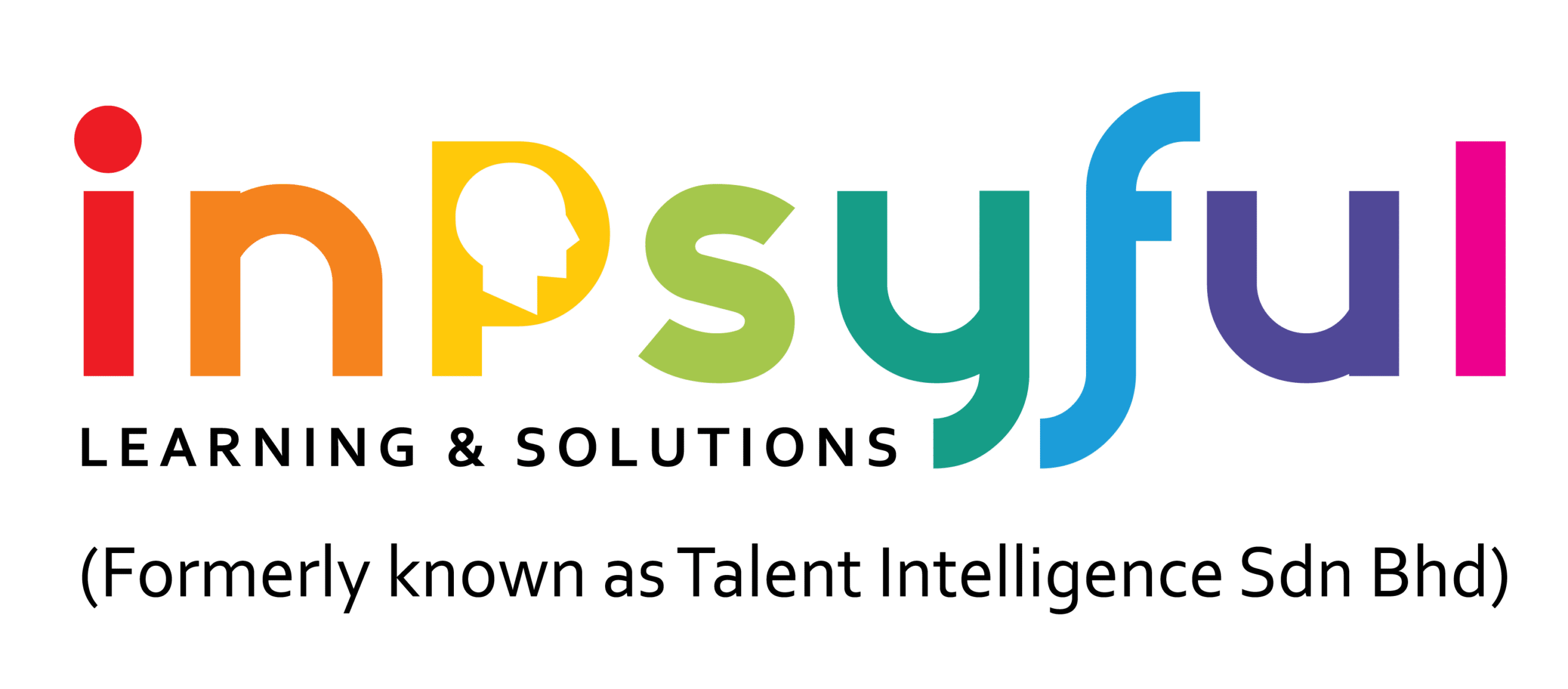The two-day programme is specially curated to deliver a pragmatic, real-world application of critical thinking to problem-solving at the workplace, and in life. The framework behind this programme is a culmination of the collective experiences of students, professional and executives the designer of this programme had encountered over the years in his work as a business leader, facilitator, coach and management consultant.
Critical thinking is the cornerstone of effective problem-solving, empowering individuals to navigate complex challenges with clarity and confidence. It involves analyzing situations objectively, evaluating evidence, and considering diverse perspectives before arriving at a well-informed decision.


